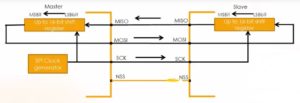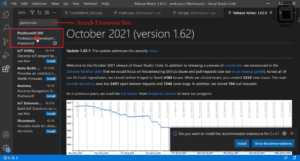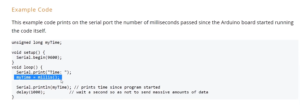UART frame formats
In the previous article, we understand UART pins. In this article, let’s discuss URAT frame formats.
UART Frame Formats
A frame refers to the entire data packet which is being sent or received during the data communication. Depending upon the communication protocols, the format of the frame might vary.
For example, TCP/IP has a particular frame format, whereas UDP has another frame format. Similarly, in our case, UART also has a frame format. The typical frame format of the UART has an order of bit, as shown in Figure 1.

It starts with a start bit, which is always low for a 1-bit duration. Then follows data bits from LSB to MSB, which usually occupies 5 to 9 bits. You can decide how many data bits have to be there in a frame between 5 to 9 bits using configuration registers in the UART peripheral. There is a parity bit followed by the data bits, and it is optional. You can choose either an even parity or odd parity mechanism.
Parity bit consumes a single bit. Finally, a frame ends with a stop bit. The stop bit is always high. You can configure for 1, 1.5, or 2-bit duration stop bits.
In the following article, let’s see Baud Rate.
FastBit Embedded Brain Academy Courses
Click here: https://fastbitlab.com/course1



